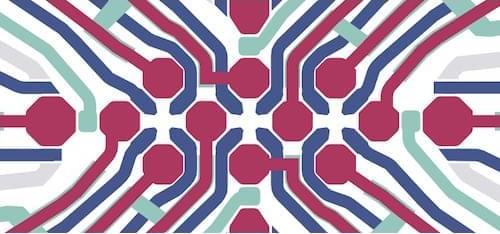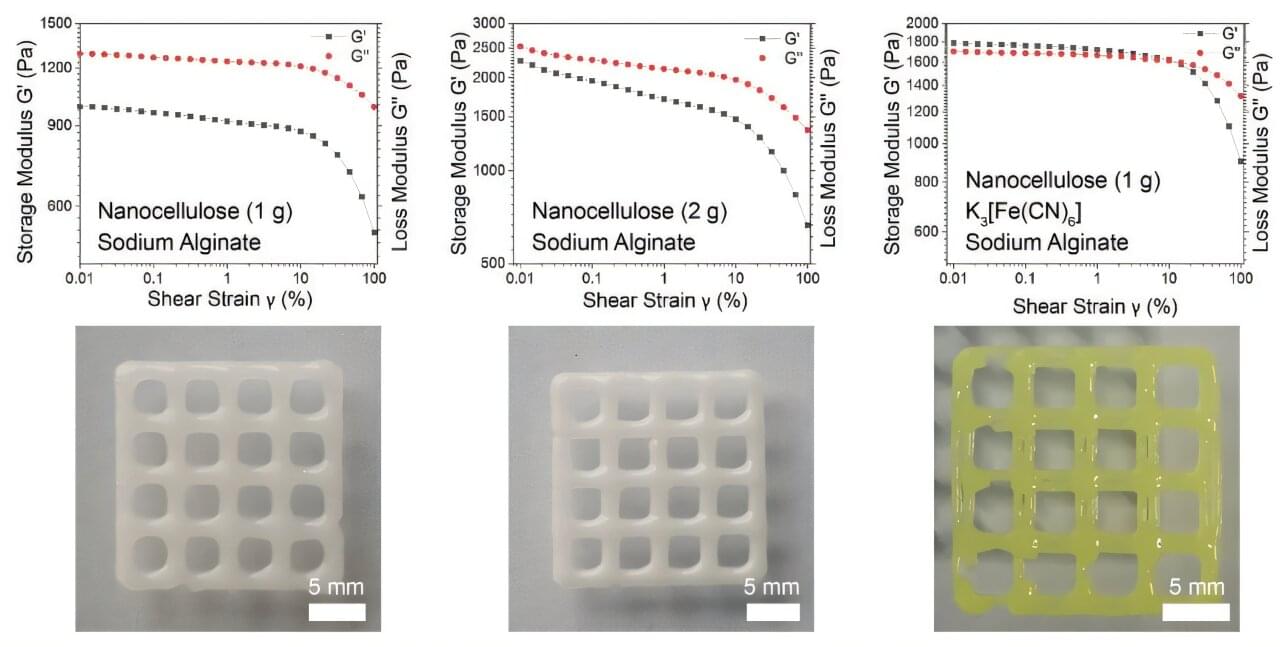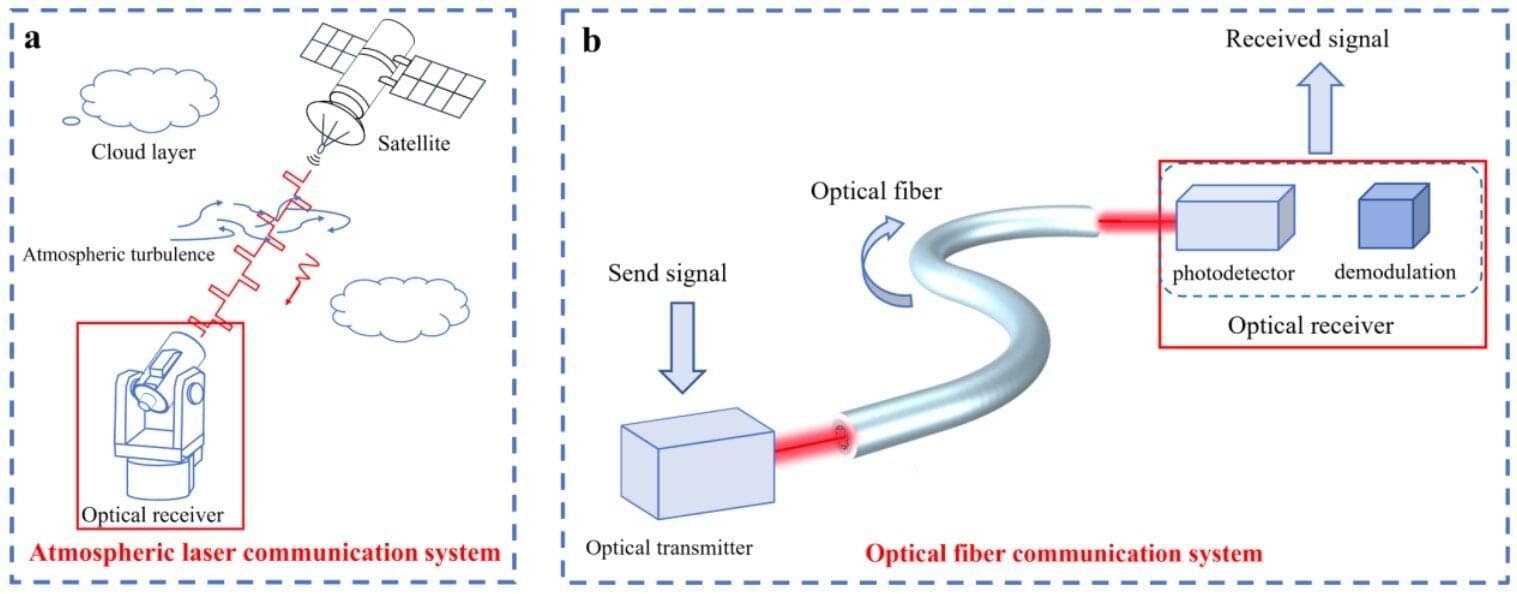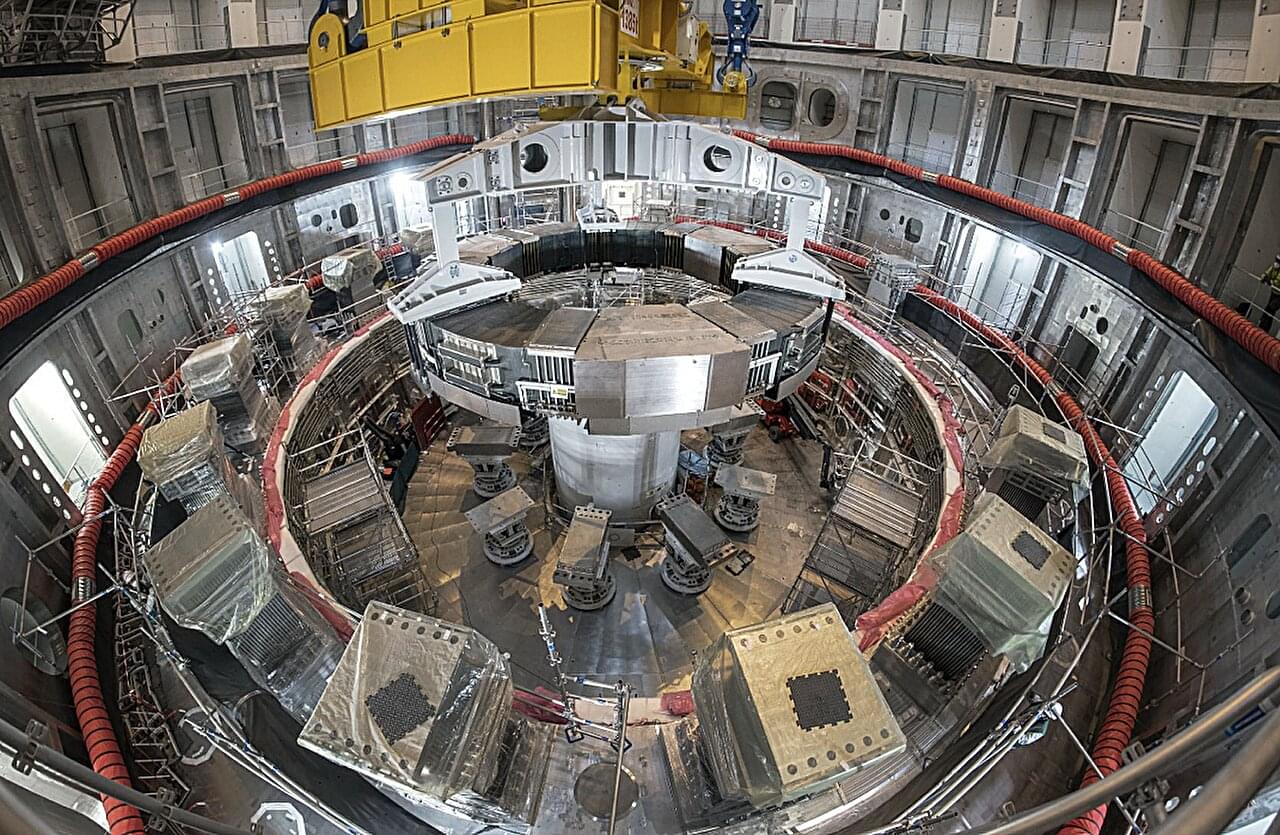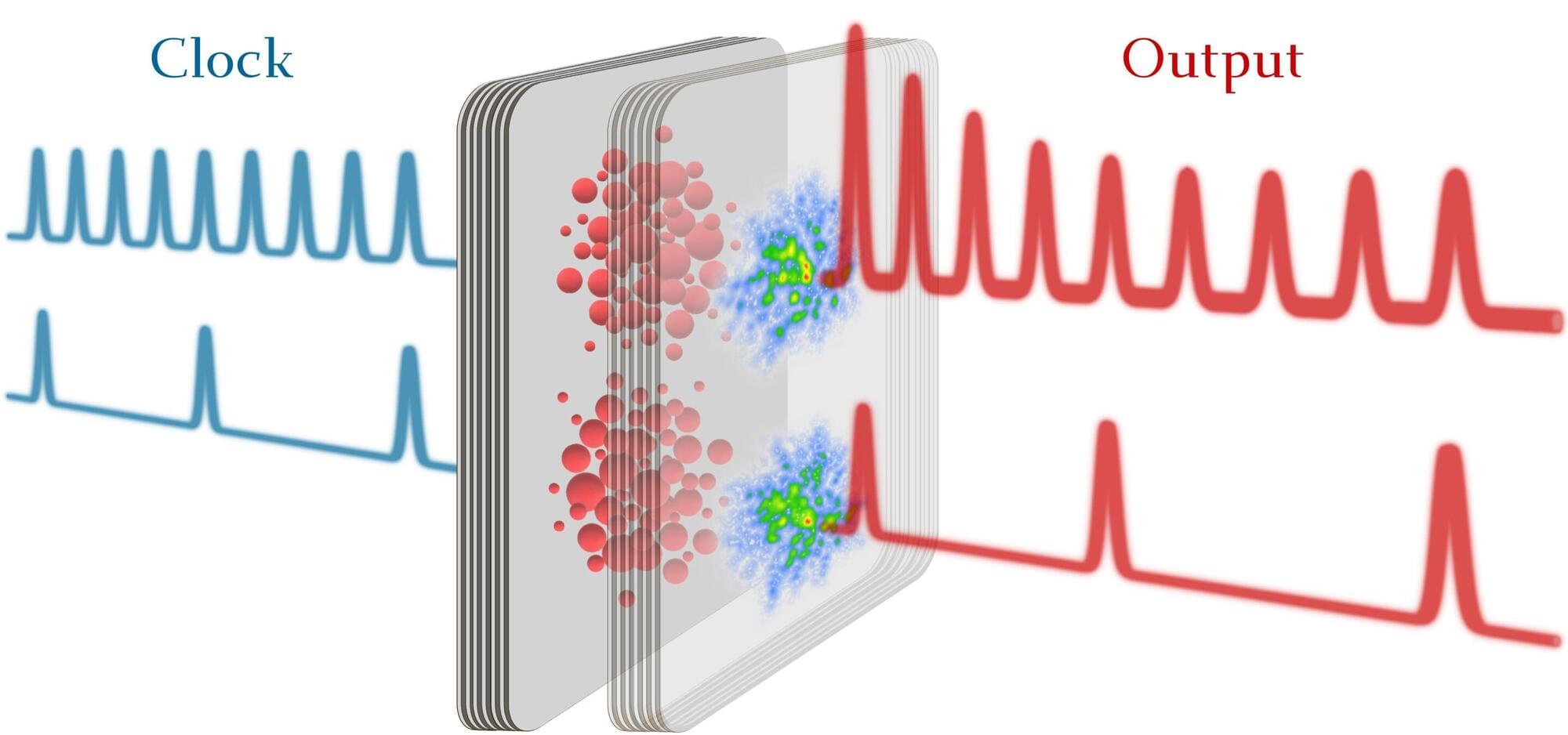Machine learning automates the control of a large and highly connected array of semiconductor quantum dots.
Even the most compelling experiment can become boring when repeated dozens of times. Therefore, rather than using artificial intelligence to automate the creative and insightful aspects of science and engineering, automation should focus instead on improving the productivity of researchers. In that vein, Justyna Zwolak of the National Institute of Standards and Technology in Maryland and her colleagues have demonstrated software for automating standard parts of experiments on semiconductor quantum-dot qubits [1]. The feat is a step toward the fully automated calibration of quantum processors. Larger and more challenging spin and quantum computing experiments will likely also benefit from it [2].
Semiconductor technology enables the fabrication of quantum-mechanical devices with unparalleled control [3], performance [4], reproducibility [5], and large-scale integration [6]—exactly what is needed for a highly scalable quantum computer. Classical digital logic represents bits as localized volumes of high or low electric potential, and the semiconductor industry has developed efficient ways to control such potentials—exactly what is needed for the operation of qubits based on quantum dots. Silicon or germanium are nearly ideal semiconductors to host qubits encoded in the spin state of electrons or electron vacancies (holes) confined in an electric potential formed in a quantum dot by transistor-like gate electrodes.
